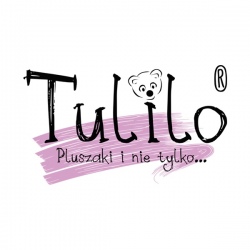Milk export. Polish milk in the EU
The export of milk and dairy products is a significant part of the Polish agri-food market, contributing to economic growth and generating revenue in the international market. Poland is one of the largest milk producers in the European Union, and exports are a crucial element of the dairy industry's activities. The main export directions include EU countries and eastern markets, such as China, which increasingly imports Polish dairy products. In recent years, Poland has achieved a high level of milk production, and the sector is dynamically developing. Poland ranks fourth among EU countries in milk production, behind only Germany, France, and the Netherlands. The value of milk and dairy product exports reaches several billion euros annually, making a substantial contribution to the Polish economy.
The growth of milk production is stimulated by increased domestic demand on one hand and substantial export opportunities on the other, which Poland utilizes through competitive pricing and high-quality products. The Polish dairy sector is characterized by diverse production, including fresh milk and UHT, as well as a wide range of processed products such as cheese, butter, yogurt, and milk powders. There is an increasing focus on exporting products with longer shelf life, such as milk powder, which allows for more efficient use of production and easier transport to distant markets.
The majority of Polish milk and dairy product exports go to EU countries, accounting for about 80% of total exports. Key export markets include Germany, the Czech Republic, Slovakia, Italy, and the Netherlands. High-quality products, competitive prices, and geographical proximity make Polish milk popular with EU neighbors. Germany is the largest importer of Polish dairy products, driven not only by high domestic demand but also by the fact that some imported products are processed and re-exported to non-EU countries. In eastern markets, notable partners include countries like Ukraine, Belarus, and Russia, although exports to Russia have been significantly limited due to the embargo on EU food products. Exports to Asian countries, particularly China, are growing rapidly, with interest in Polish milk powder due to its high quality and compliance with food safety standards. Exports to China and other Asian countries are especially important in the context of production surpluses, which do not always find demand in Europe. Although African and Middle Eastern countries account for a smaller share of Polish milk exports, their significance is gradually increasing. These markets are primarily interested in milk powder and longer shelf-life products, which are easier to transport and store. Polish dairies are working to increase their presence in these markets, seeing great potential for the future.
Poland exports various dairy products, with the most important being milk and cream, milk powder, cheese, and butter. Milk and cream exports are largely directed to EU countries. These products are relatively perishable, so their export is primarily based on neighboring markets. Germany and the Czech Republic are the largest recipients of Polish milk and cream, benefiting from geographical proximity and stable supplies. Milk powder is a product that attracts high interest in non-European markets, mainly in Asia and Africa. Poland is one of the largest milk powder producers in Europe, making it a cornerstone of exports. High quality stability and relatively low prices attract buyers from countries with high demand for dairy products, such as China, which is becoming an increasingly important trade partner for Poland in this sector. Polish cheese production is highly diverse, including aged cheeses, blue cheeses, processed, and fresh cheeses. Cheese exports are also mainly directed to EU countries, including Germany, the Czech Republic, and the United Kingdom, but Polish cheeses also reach more distant markets such as Arab countries and China. In recent years, Polish butter exports have also increased, with the main importers being Germany, France, and the Netherlands. Butter is recognized for its high quality and competitive prices, allowing Polish dairies to gain new market opportunities. Poland has become one of the key butter suppliers on the EU market, thanks to production growth and investments in modern technologies.
The growth in Polish dairy exports is driven by several key factors. Polish dairy products are valued for their high quality and relatively low production costs, enabling Poland to compete in international markets by offering attractive prices. The Polish dairy sector meets high quality and food safety standards, which is crucial for markets like China that place significant emphasis on the quality of imported food products. Poland has abundant milk resources, enabling large-scale export activities. The high quality of Polish milk and dairy products makes them sought after in foreign markets. Polish dairies benefit from various forms of support from the government and industry organizations, facilitating expansion into foreign markets and allowing for development in production and logistics technologies.
In the coming years, Polish milk and dairy product exports are likely to continue growing. The dairy sector in Poland is heavily reliant on exports, making the further development of the international market crucial for industry growth. Increased exports to Asian and African countries can be expected, where Polish dairy products are gaining popularity. China will remain an especially important market, attracted not only by the high quality of Polish products but also by their relatively low prices compared to products from other countries. Additionally, the growing demand for organic products opens up new opportunities for Polish dairies on international markets. Poland has favorable conditions for producing organic milk and related products, which are increasingly in demand worldwide. Polish milk and dairy exports are a dynamically growing sector that benefits not only producers but also the entire economy. The main markets are EU countries, but there is also increasing interest in Polish products in Asian and African markets. Competitive prices, high quality, government support, and technological capabilities place Poland in a favorable position internationally, offering opportunities for further export growth in this sector.
The Polish dairy sector has enormous potential, which promotes further export growth. Implementing innovative solutions and investments in modern production and processing technologies can further increase the competitiveness of Polish dairy products in global markets. An increasing number of countries focus on healthy, organic food, making Polish dairies recognize the growing demand for organic products and being able to supply them to markets where they are increasingly popular. At the same time, export growth also comes with challenges, such as meeting various quality standards and adapting products to the cultural and taste preferences of consumers in other countries. However, the dairy industry in Poland is highly flexible and capable of adapting to changing market conditions, enabling it to effectively respond to emerging challenges.
In the longer term, the Polish dairy sector will also need to consider global trends related to environmental protection and sustainable agriculture. Many countries, especially in Europe, are introducing increasingly stringent standards regarding carbon footprint and environmentally safe production. Polish dairies, aware of these challenges, are taking steps toward more environmentally friendly production, utilizing renewable resources, and minimizing waste. A responsible approach to the environment becomes an important part of the image of Polish dairy products, attracting an increasing number of consumers who value ecological products produced in line with sustainable development principles.
Looking to the future, the Polish dairy sector optimistically anticipates export growth, seeing it not only as an opportunity for development but also as a chance to build lasting trade relations with numerous countries. Faced with growing competition, Poland is not only increasing its production but also continuously improving the quality of its products, positioning it advantageously in the global dairy market. In summary, milk and dairy product exports represent a dynamically developing area that plays an important role in the Polish economy.
- Economy
- Export
- International cooperation
- Construction sector - Joinery, engineering and building architecture
- Agriculture, Food
- Regional development, investment in Poland
- What's worth knowing
Agriculture, Food
Milk export. Polish milk in the EU


Source: https://www.poland-export.com/

See also:
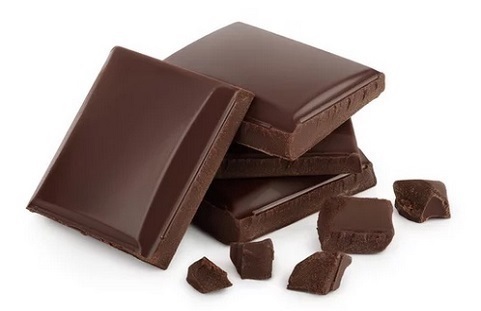
Chocolate and chocolate products from Poland
For years, Poland has been strengthening its position as one of the key exporters of chocolate products in Europe. Chocolate exports constitute an important segment of Polish foreign trade and cover a wide range of chocolate products
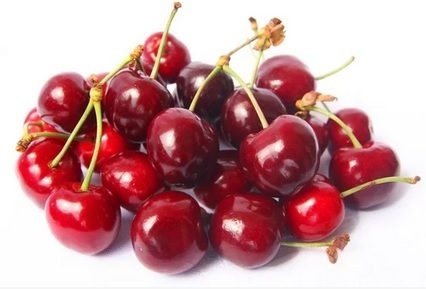
Cherry Export. Polish Cherries Around the World
The export of cherries from Poland is playing an increasingly important role in the international fruit market.

Cosmetics export. Cosmetics from Poland
The export of cosmetics and toiletries from Poland is developing at a dynamic pace, thanks to which Poland has gained the status of one of the leaders in the production and sale of these products in Central and Eastern Europe

Export of Windows: Window Joinery from Poland
Poland has been playing an important role on the international window market for many years, being one of the largest window exporters in the world.

FTA - Free Trade Agreements: Do They Exist and Can They Lower Tariffs?
Free Trade Agreements (FTAs) are key tools in international trade policy, aimed at reducing trade barriers...
Help needed ?
If you have not found the desired product, company, service or the searching results are not satisfactory for you, do not hesitate to contact us and tell what you are looking for or what you need. We will send your inquiry directly to the interested companies.
Write to us

 pl
pl  en
en  de
de  es
es  fr
fr  it
it  pt
pt  ru
ru  sv
sv 









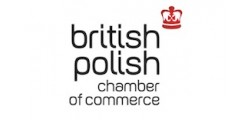
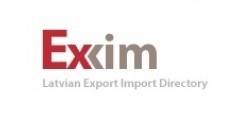



.jpg)

